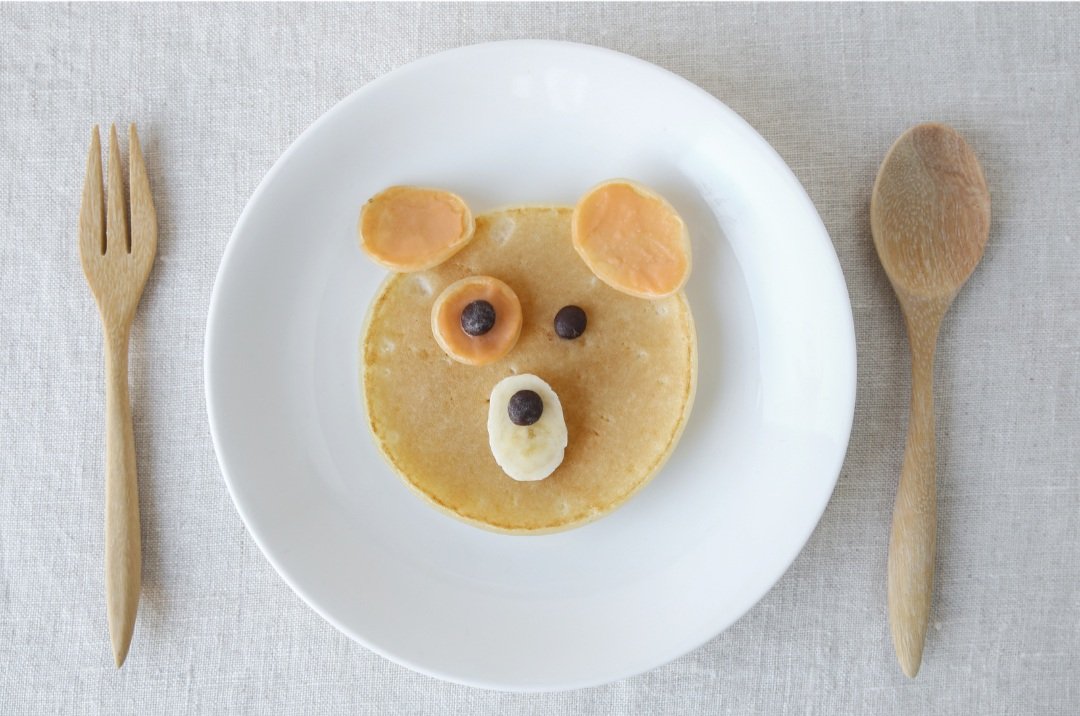5 Ways to Make Food Fun!
Navigating the path of redefining our relationship with food brings many challenges. The journey towards recovery often involves dismantling ingrained beliefs and habits, addressing deep-seated fears associated with food, and overcoming the emotional hurdles intertwined with eating. Making food fun can be a powerful tool in the recovery process, helping to rebuild a positive and enjoyable connection with nourishment. In this blog post, we’ll explore five ways to incorporate fun and finding joy in nourishment.
Black out the food labels
Categorizing food as good/bad can create an unhealthy association with our self worth and food. To challenge this restrictive mindset, let go of the labels and judgments surrounding food. With my clients, I like to have them take a sharpie to all the food labels in their fridge and pantry to really bring home the message to our brain that we don’t need to double check the label before eating something we already purchased.
Instead, we focus on nourishing your body without attaching moral value or judgment to your food choices. Food is fuel, and every choice contributes to your overall well-being. By embracing a neutral perspective, you empower yourself to enjoy a diverse and satisfying range of foods without the burden of judgment.
2. Get curious and experiment
Engaging in the creative process of cooking or trying new dining experiences can add an exciting dimension to your recovery journey. Take this opportunity to experiment with different flavors, explore new recipes, and embrace the novelty experience.
One fun activity is trying to recreate at home something delicious you had at a restaurant. My favorite is trying to build a gourmet flatbread or a fancy burger. Or maybe you have a favorite childhood meal that you’d love to try and make now that you are older, for me it’s meals in foil packets that bring me a sense of nostalgia and comfort.
3. Add some playfulness!
A simple way to add a sense of “playfulness” is to add colorful sprinkles to parfaits, oatmeal, dips or some apple nachos. Another playful idea is to try and build a plate using 1 color - for example, a purple snack could be purple grapes, blueberry yogurt and purple sweet potato chips! Or maybe, you create a combination that you’ve never tried before like mustard in a pasta sauce. You just might like it or maybe not, either way it will be empowering to find out what flavors & foods you actually like instead of following diet rules.
4. Elevate the setting
Consider playing your favorite music playlist or podcast while you cook or eat to elevate the experience. Use your favorite colorful plate/bowl and flatware. Maybe even light your favorite candle!
You may also consider involving a close friend or family member to cook with. If making decisions about what to cook feels paralyzing, have someone else pick the recipe and make it together. The act of creating and exploring new foods can become an empowering aspect of your recovery journey.
5. Build supportive food community
Surrounding yourself with a supportive community can significantly impact your recovery journey. Share meals with friends or family members who create a safe and positive atmosphere around food. Seek out support groups or connect with individuals who are also navigating the path to recovery. Building this network provides you with understanding and encouragement, fostering an environment where food becomes a source of connection rather than isolation.
Shared meals can be a space for mutual support and the celebration of progress, reinforcing the positive aspects of your recovery.







